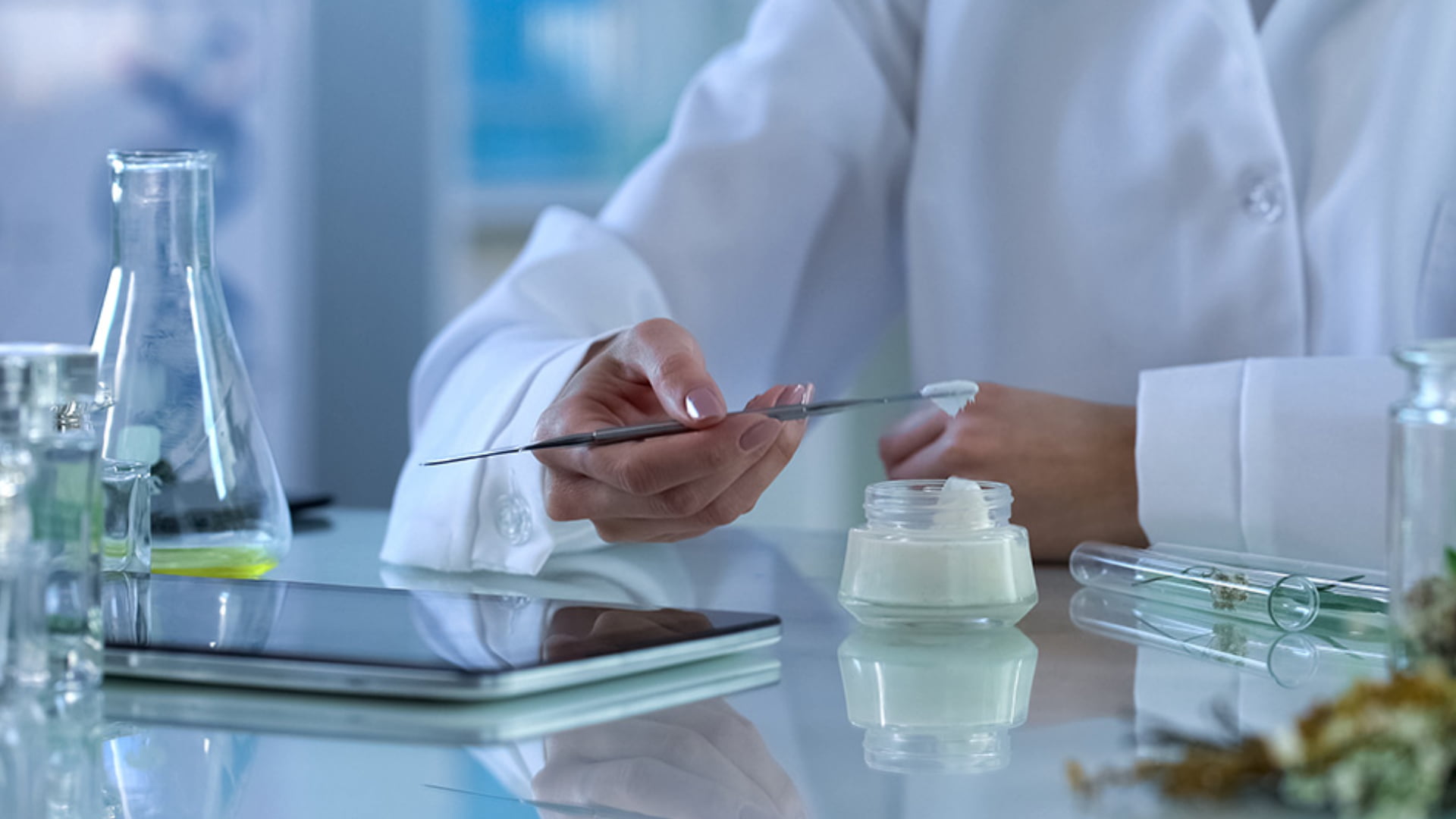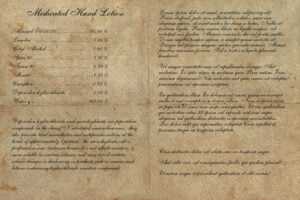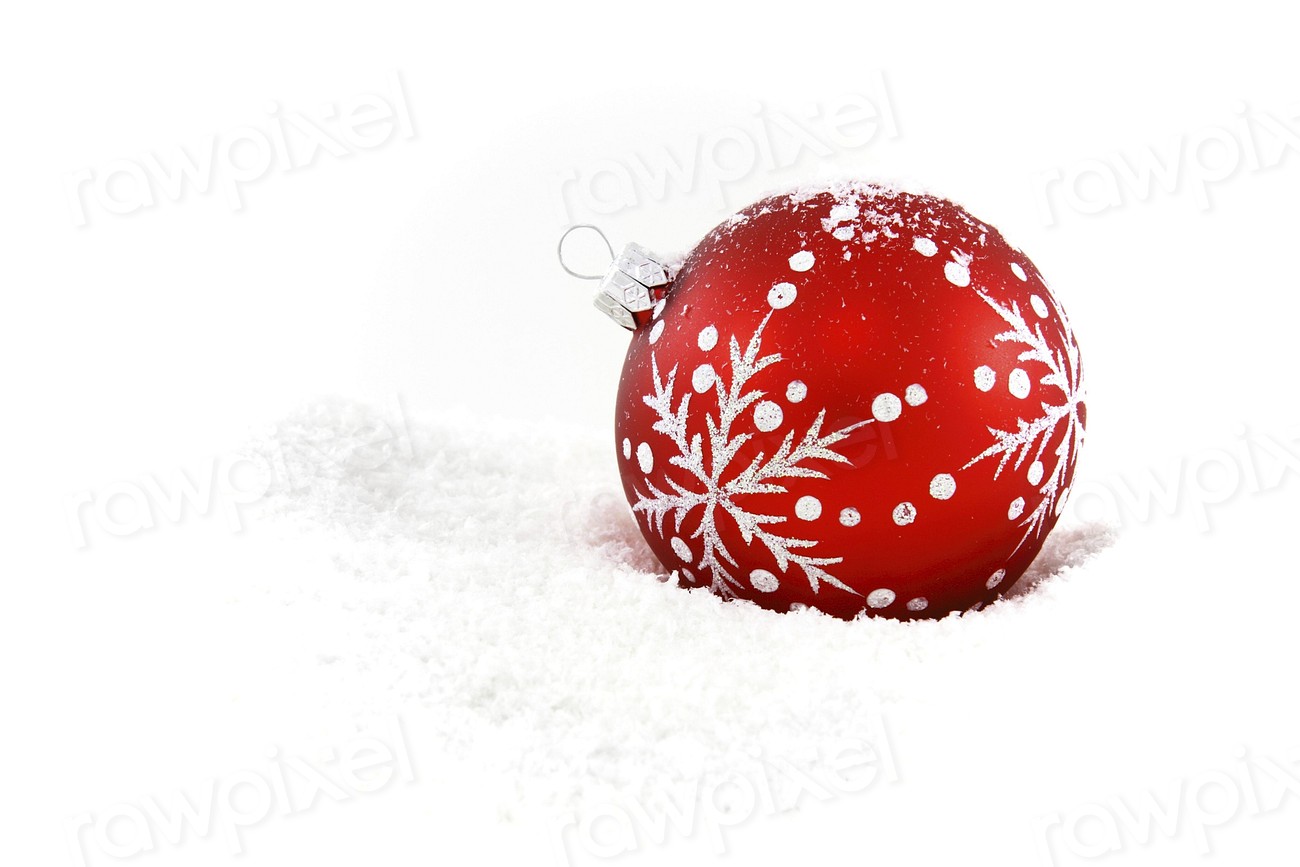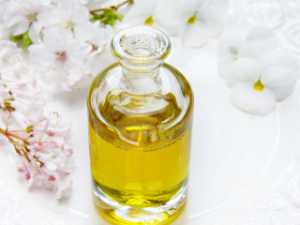Antimicrobial preservatives are substances added to products to protect them from microbiological growth or from microorganisms that are introduced inadvertently during or subsequent to the manufacturing process. In the case of cosmetics packaged in tub like containers or bottles, antimicrobial preservatives are added to inhibit the growth of microorganisms that may be introduced from repeatedly withdrawing creams by dipping ones finger in them or pouring the lotion/ shampoo out in the palm of your hand.
Preservative efficacy testing (PET), also known as challenge testing or antimicrobial effectiveness testing, is a critical procedure in the cosmetics industry to ensure that the products remain safe and free from harmful microbial contamination throughout their shelf life. Cosmetics, like creams, lotions, shampoos, and makeup, contain water and other ingredients that can serve as a breeding ground for microorganisms if not properly preserved. Therefore, preservative efficacy testing is essential to assess the effectiveness of the preservatives used in these products.
Often the costs are seen as very high for the smaller manufacturer, but getting it wrong may be much more costlier as the cost of recall and potential compensation costs are factored in.
Here’s an explanation and elaboration on the procedures involved in preservative efficacy testing for cosmetics:
Sample Selection: The first step is to select representative samples of the cosmetic product under evaluation. These samples should be obtained from different batches and should mimic the actual consumer use conditions as closely as possible.
Inoculum Preparation: A panel of different microorganisms, including bacteria, yeast, and molds, is selected for the challenge test. These microorganisms are cultured and prepared in a suitable growth medium to create a standardized microbial inoculum.
Challenge Test Protocol: The challenge test involves inoculating the cosmetic product with the prepared microbial suspension. This is typically done by adding a specific amount of the microbial inoculum to the product under controlled conditions, such as temperature and pH, to simulate real-world use conditions.
Time Points: The product is then sampled at different time points during the study, often at 7, 14, and 28 days. These time points represent typical shelf-life durations for many cosmetic products.
Microbiological Analysis: Samples collected at each time point are analyzed to determine the microbial load and the presence of specific microorganisms. This is done by plating the samples on suitable agar media and counting the colonies that grow. Additional tests may be conducted to identify the types of microorganisms present.
Evaluation of Preservative Efficacy: The primary goal of the test is to assess whether the preservatives used in the product effectively control microbial growth and prevent contamination. The product is considered adequately preserved if it meets predetermined criteria, such as a specified reduction in microbial load or the absence of certain pathogenic microorganisms.
Challenge Testing Conditions: The conditions for challenge testing are designed to be rigorous. For instance, the test may be conducted at elevated temperatures or pH levels to simulate worst-case scenarios. This ensures that the preservatives can withstand various environmental conditions that the product might encounter during storage and use.
Repeat Testing: It’s common practice to perform the challenge test on multiple samples and under different conditions to account for variability and ensure the robustness of the preservative system.
Documentation and Reporting: Detailed records of the testing procedure, results, and any deviations from the expected outcomes are maintained. A comprehensive report is generated, which can be used for regulatory compliance and quality control purposes.
Preservative efficacy testing is a crucial aspect of product safety and quality assurance in the cosmetics industry. It helps ensure that cosmetics remain free from microbial contamination, minimizing the risk of skin infections or other health issues when consumers use these products. Compliance with regulatory guidelines and standards is essential to ensure the safety and effectiveness of cosmetic products on the market.






